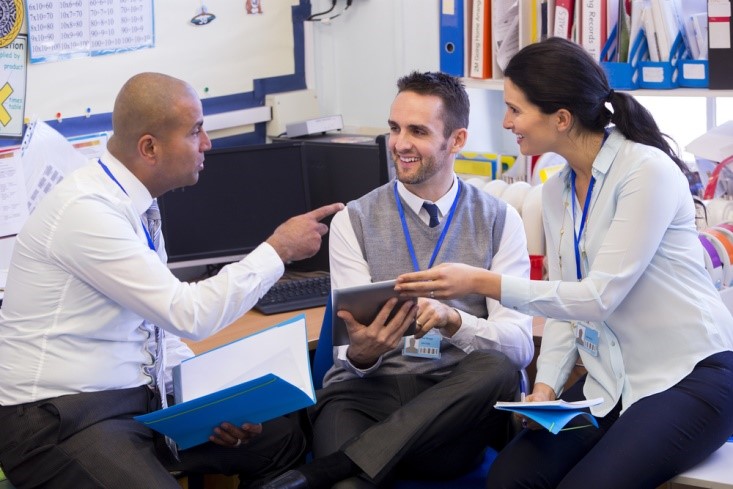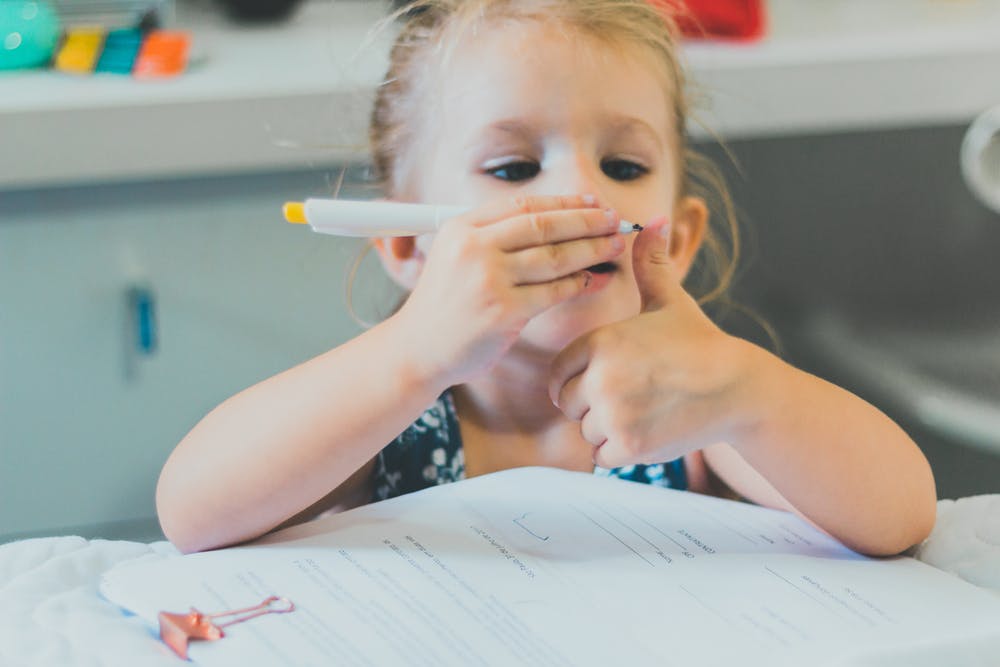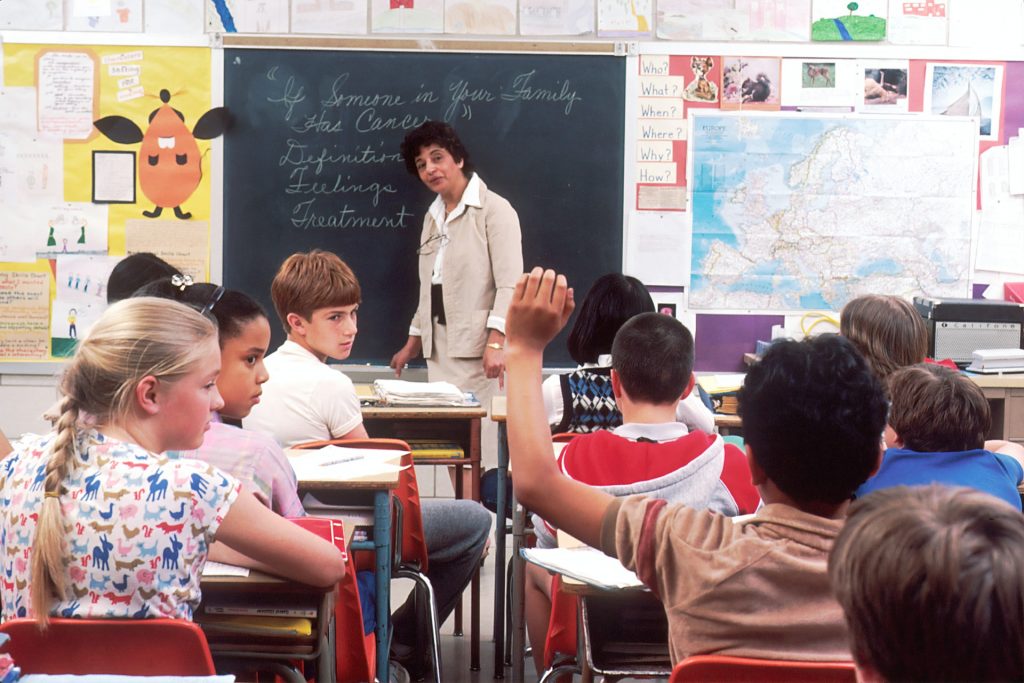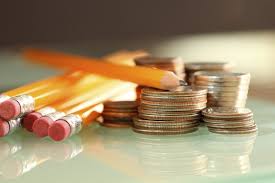Are you looking for ways to teach students to use steps to solve math problems? If so, keep reading.
1. Get the student to write down directions, explanations, and instructions after they have been given to reinforce retention.
2. Highlight the math symbol for each math problem using a highlighter.
3. List the steps in solving math problems on the smartboard, bulletin board, etc.
4. Give sample problems, formulas, formats, etc., as references for solving math problems.
5. Utilize constructive criticism rather than remarks that could be perceived as negative, personal, menacing, etc.,(e.g., instead of saying, “You always make the same mistake,” say, “A better way to do that might be . . .” ).
6. Give the student a number line on their desk to use as a reference.
7. Make sure the student has mastery of math ideas at each level before introducing a new skill level.
8. Do not require the student to learn more information than they are capable of learning at any time.
9. Make sure the student recognizes all math operation symbols.
10. Teach the student the definitions of specific math vocabulary (e.g., sum, difference, quotient, product, etc.).
11. Widen the math operation symbols next to the problems so the student will be more likely to observe the symbol.
12. Use an overhead projector or smartboard to model all steps required when solving a math problem.
13. Embody the proper sequence of steps when solving math problems on the smartboard or overhead projector before the student begins a new task.
14. Observe the student as they solve a math problem to find and correct error patterns.
15. Pair the student with another student to solve math problems on the smartboard and reinforce the proper sequence of steps.
16. Display appropriate sequential information in a readily accessible place (e.g., bulletin board, desktop, inside the student’s math folder, etc.).
17. Give math learning activities that require “active learning” rather than memorization.
18. Give math practice using a app or a hand-held educational device that gives instant feedback to the student.
19. Give the student a list to keep at their desk of the steps appropriate for the problems they are trying to solve.
20. Give the student an app or a hand-held educational device that reinforces the correct sequence of steps in solving math problems.
21. Consider using Alexa for the Math Classroom.
22. Try gamifying your math lessons.
23. Consider using one of the apps and tools from our many math app lists:
9 Must-Have Apps and Tools for Kids Who Hate Math
10 Apps to Teach Preschoolers Math
20 Math Apps for Learners of All Ages
Advanced Math Apps, Tools, and Resources for That We Love
Elementary School Math Apps, Tools, and Resources That We Love
Fraction Apps, Tools, and Resources That We Love
High School Math Apps, Tools, and Resources That We Love
Interactive Math for the Google Classroom
Math Apps, Tools, and Resources That I Would Use If I Were Still in the Classroom
Math Manipulatives Apps, Tools, and Resources That We Love
Middle School Math Apps, Tools, and Resources That We Love
Multiplication Apps, Tools, and Resources That We Love











